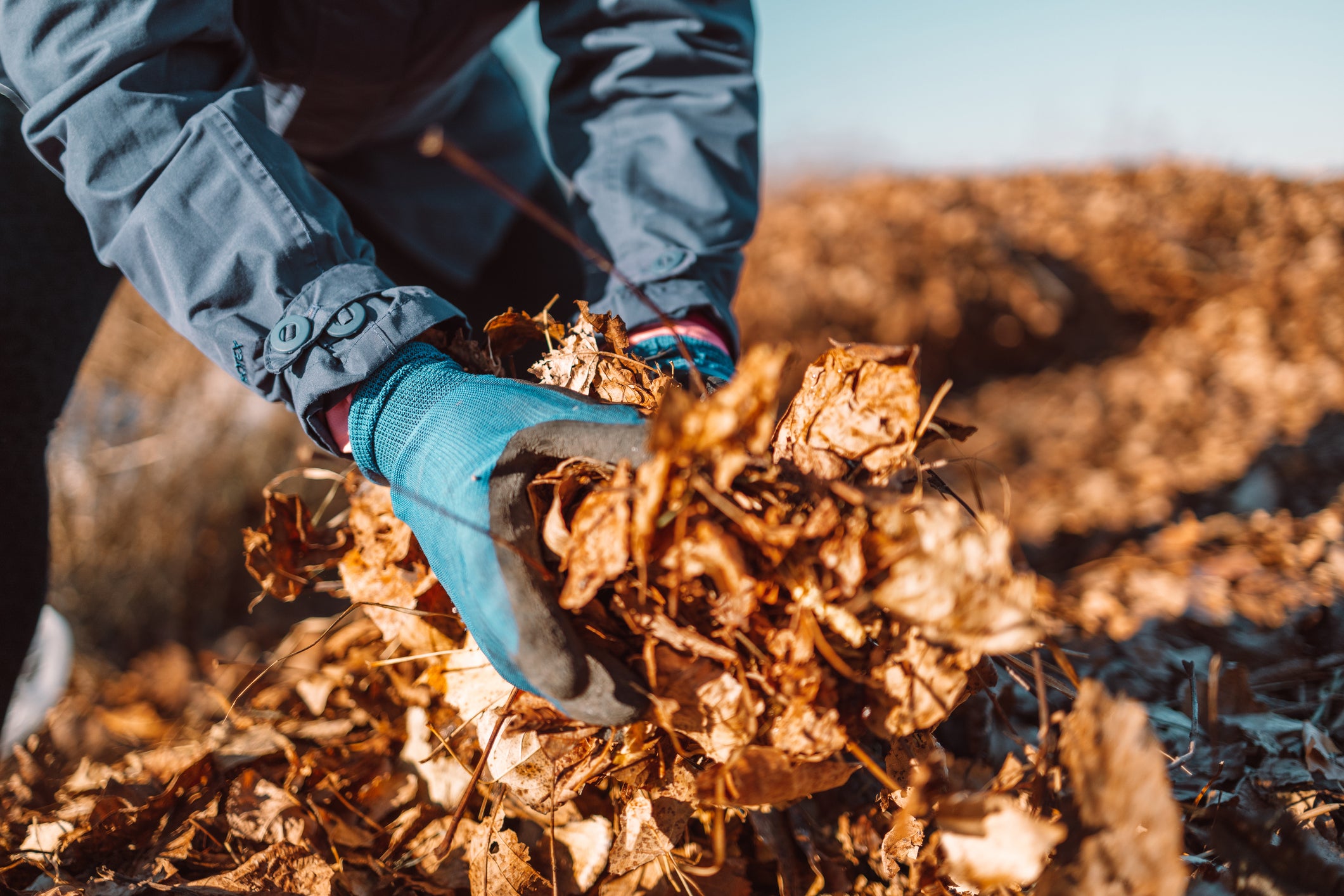As the leaves change color and the air turns crisp, fall is the perfect time to embrace the art of composting. This eco-friendly practice not only helps reduce waste but also transforms your garden's organic debris into nutrient-rich soil. We’ll explore the benefits of fall composting, offer tips on getting started, and highlight the importance of this sustainable gardening practice for both the environment and your garden's health.
The Benefits of Fall Composting
Reduce landfill waste by composting your garden waste, you divert organic materials like leaves, grass clippings, and kitchen scraps from ending up in landfills. This significantly reduces methane emissions, a potent greenhouse gas produced by decomposing organic matter in anaerobic conditions.
Compost is often referred to as "black gold" for a reason. It's a rich source of essential nutrients that plants need to thrive, including nitrogen, phosphorus, and potassium. Fall composting ensures you have a supply of nutrient-rich soil come spring planting season. Compost improves soil structure by increasing its ability to retain moisture and nutrients. It also enhances aeration, allowing plant roots to penetrate more easily and preventing soil compaction.
Composting creates numerous environmental benefits. Composting reduces the need for chemical fertilizers, which can harm the environment when they run off into waterways. It also reduces the overall carbon footprint of your garden by sequestering carbon in the soil. Healthy, nutrient-rich soil promotes strong plant growth, making your garden more resistant to pests and diseases. This reduces the need for chemical pesticides and herbicides. You’re creating natural pest control for your yard and landscapes.
Getting Started with Fall Composting
Below is a step-by-step guide to get you started with fall composting:
- Choose the Right Location: Select a well-drained, level spot in your garden for your compost pile or bin. It should be easily accessible year-round.
- Gather Materials: In the fall, you'll have an abundance of materials to compost, such as fallen leaves, dead plants, and kitchen scraps like fruit and vegetable peels.
- Build or Buy a Compost Bin: While you can create a simple compost pile, using a bin helps contain the compost, control moisture levels, and keep pests at bay.
- Layer Your Materials: For successful composting, aim for a good mix of "green" materials (high in nitrogen, like kitchen scraps) and "brown" materials (high in carbon, like dried leaves and straw). Layer these materials in your bin or pile, alternating between green and brown layers.
- Maintain the Compost: Regularly turn your compost pile to aerate it and promote decomposition. Keep the pile moist but not soggy. Cover it with a lid or tarp to retain heat and moisture.
- Be Patient: Composting is not an overnight process. It can take several months to a year for your compost to fully mature. Patience is key.
- Use Your Compost: Once your compost is dark, crumbly, and smells earthy, it's ready to use in your garden. Spread it as a top dressing, mix it into your soil, or use it as potting mix.
Fall composting is a rewarding and environmentally friendly practice that can enhance your garden's health while reducing waste. By following these steps and embracing composting as a seasonal routine, you'll create nutrient-rich soil that will benefit your garden for years to come. Plus, you'll be doing your part to reduce landfill waste and minimize your ecological footprint. So, grab your rake, gather those fallen leaves, and start turning your garden waste into "black gold" today. Your garden—and the planet—will thank you for it.

Leave a comment